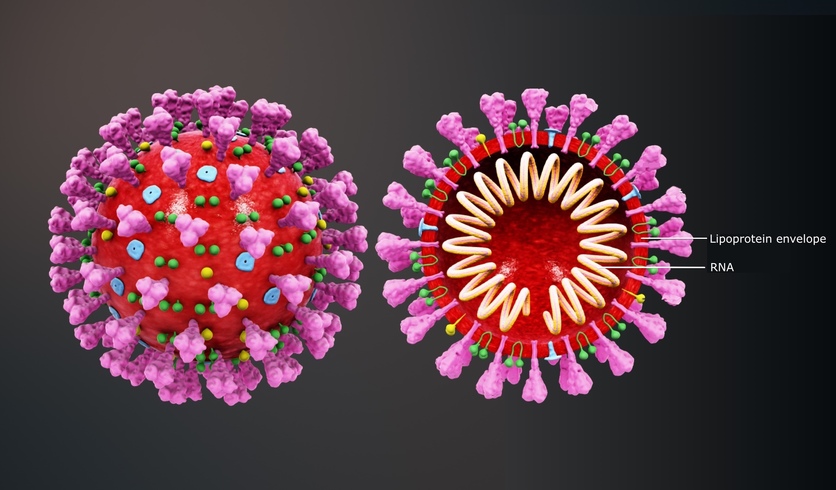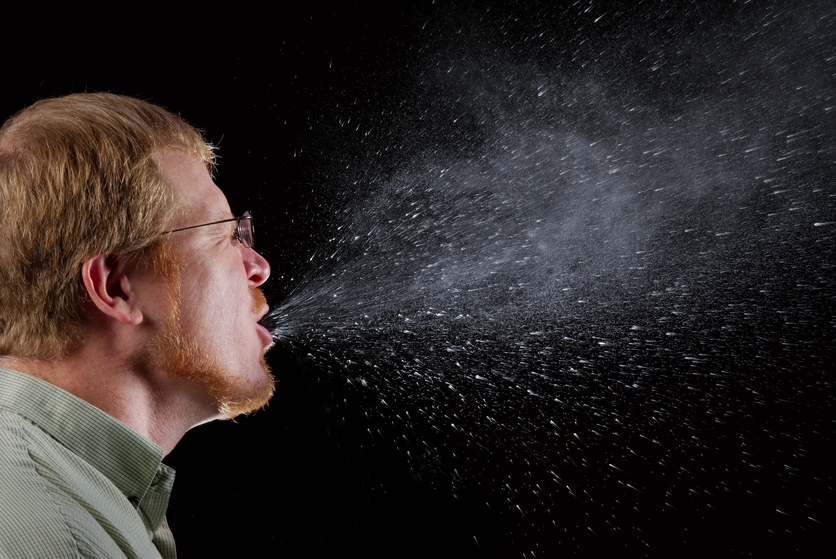There are many different viruses. Coronaviruses are a group of viruses that cause diseases in birds and mammals. They are all similar in their shape, and in humans, they often cause upper respiratory illnesses.
Transmission of coronaviruses
Coronaviruses are zoonoses, which means they can be transmitted between animals and people. This means that they can jump the species barrier. These recent outbreaks of coronavirus have been particularly dangerous for humans:
- SARS-CoV, which transmitted from civet cats to humans in 2003, causing Severe Acute Respiratory Syndrome and killing 774 people worldwide.
- MERS-CoV, transmitted from dromedary camels to humans in 2012, causing Middle-East Respiratory Syndrome and killing 858 people worldwide.
- the newest coronavirus transferred from animals to humans in 2019. The virus has been named SARS-CoV-2, and the disease it causes is called COVID-19 (Coronavirus Disease-2019).
When a coronavirus infects a human host, human to human transmission is rapid. The virus spreads easily in small droplets, especially when someone who is infected coughs or sneezes. These small droplets of saliva or mucus containing the virus land on surfaces and can remain intact for some time – ready to infect another human host. This is why we can slow down the spread of viruses by covering our mouths and noses when we sneeze or cough, washing our hands thoroughly and regularly with soap and cleaning surfaces regularly.
How viruses replicate
Viruses consist of RNA surrounded by a lipoprotein coat. On their own, they can’t grow, move, eat or breathe. So how do they continue to multiply and cause such harm?
Viruses insert their genetic material into host cells, hijacking the host cell’s protein synthesis process to produce so many copies of the virus that they burst the membrane of the host cell, killing it. This causes pain. It also releases millions of viruses into the host to then infect other cells.
Because trillions of copies are made of the viral genetic material over time, mutations can occur. These cause different strains of the same virus.
How our bodies respond
Our bodies have an effective immune system that identifies anything ‘foreign’ – substances, like viruses, that aren’t supposed to be there. For new infections, it can take our body time for our immune system to destroy the virus. Our immune system needs to first identify antigens of the virus. This triggers the production of antibodies that will tag the virus for destruction. If you have been exposed to the same virus before – for example, chicken pox – your body will recognise the virus quickly and often destroy the virus before you have any symptoms.
The common symptoms of COVID-19 are respiratory symptoms, fever, cough, shortness of breath and breathing difficulties. Our immune system will work to eliminate this new virus from our bodies, but in severe cases, a person’s immune system cannot respond quickly enough. This is why the elderly, those with underlying health issues and people who are immunocompromised are more at risk.
Nature of science
The COVID-19 pandemic shows how a new virus can cause extraordinary harm. The global scientific community continues to collaboratively to provide evidence-based advice for governments and communities to follow.
Activity ideas
Use this activity to learn some of the vocabulary associated with COVID-19.
Use the activity Viruses and immunity – interpreting infographics to grow literacy skills and build conceptual understanding and then put the information to use to design a game about viruses, vaccines and immunity.
These activities introduce some of the big science ideas related to our immune system.
- The wars within
- Fighting infection card game
- Making snot
- Spreading diseases
- Ethical dilemmas in fighting infection
Related content
Florence Nightingale has some great advice for us today. Read Florence Nightingale – a pioneer of hand washing and hygiene for health.
Useful links
See our Pinterest boards – full of activities, articles and more to help teachers, schools and/or parents setting up online learning at home and to also learn more about COVID-19 and viruses and illnesses:
Vaccinations reduce the risks associated with COVID-19. Visit the Unite against COVID-19 website for up-to-date information about vaccines and vaccination in Aotearoa.
This graphic by microbiologist Siouxsie Wiles and illustrator Toby Morris shows why social distancing can help stop the spread of COVID-19.
The New Zealand Government’s Unite against COVID-19 website.
The Māori Language Commission has released a list of words to support translators and others who are fighting COVID-19 and communicating in te reo Māori.


